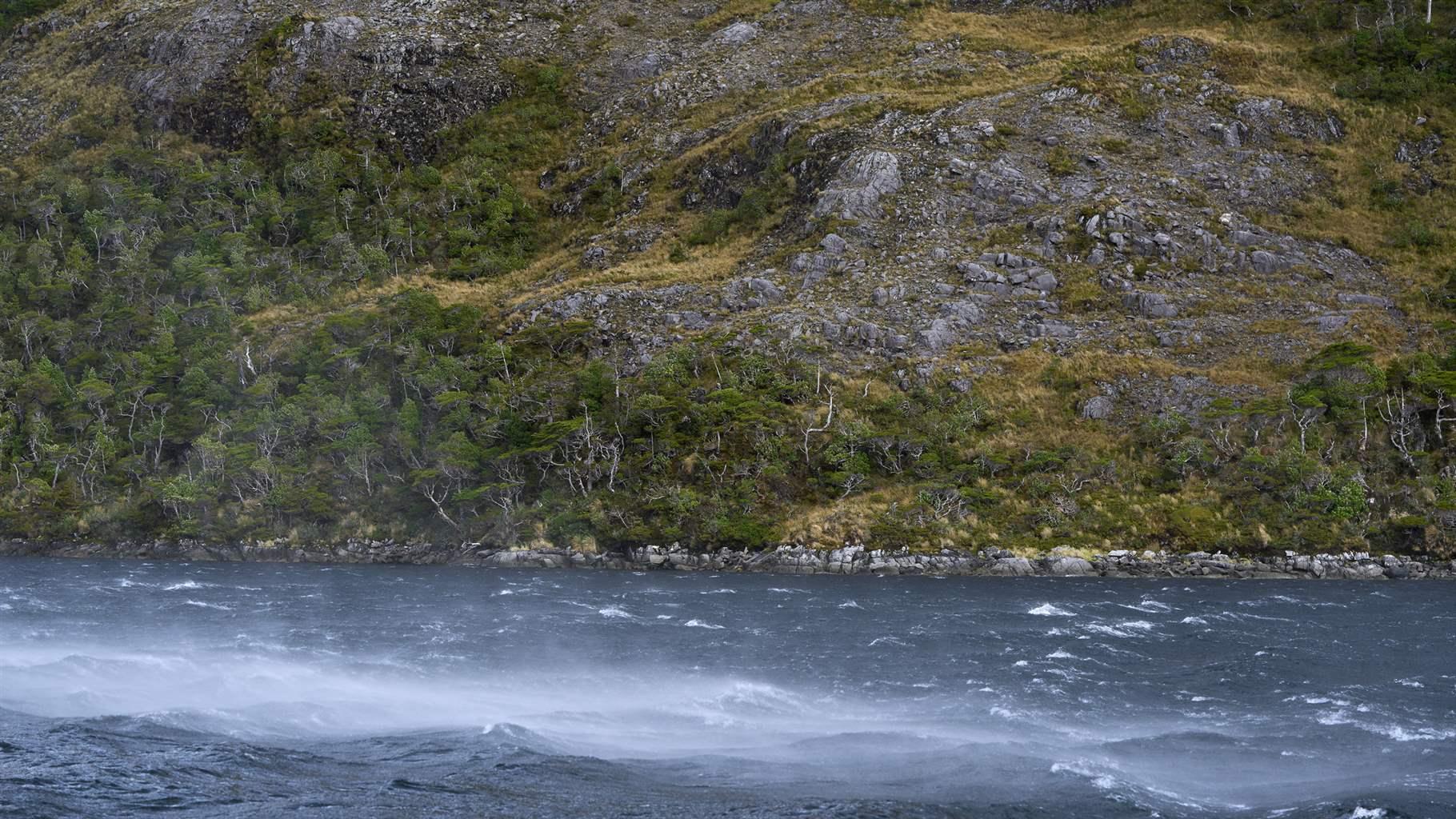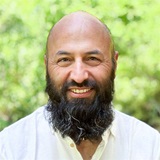New Protections in Patagonia Show Chile’s Commitment to Conservation
Kawésqar community to co-manage national park but not marine reserve, which carries lesser safeguards

Spread across fjords, forests, wetlands, bays, rivers, and towering peaks of southwestern Patagonia are Chile’s newest protected areas, Kawésqar National Park and Kawésqar National Reserve. Covering millions of acres in the Magallanes region, the areas won national protection following years of effort and collaboration among the Kawésqar communities, environmental organizations, and government officials.
The national park, which was signed into law along with the reserve in mid-January, is the second largest in the Patagonian region—behind Bernardo O’Higgins National Park—and one of the most biologically diverse areas in the world.
The 6.9 million-acre Kawésqar National Park incorporates the former Alacalufes forest reserve, lands ceded by the Chilean state, and a large parcel donated by Tompkins Conservation.
To safeguard more of its pristine marine environment, the government created the national reserve, which covers 6.4 million acres of water around 3,104 islands that are part of the national park. The reserve is home to humpback whales, endemic Chilean dolphins, and two endangered species, sei whales and southern river otters (huillín in Spanish).
But under the Chilean law, parks have the highest level of protection; in national reserves, commercial extraction of natural resources is allowed under approved management plans. Thus the species and unique marine ecosystems of Kawésqar National Reserve remain at risk. Further, the Kawésqar community, whose culture and traditions are embedded in the land and sea here, was excluded from sharing management responsibilities for the reserve—waters they have sailed for centuries. The decree establishing the protected areas names the Kawésqar community as co-managers of the national park, along with the National Forest Corporation.
Still, the designations are further progress for Chile, which in recent years has positioned itself as a world leader in conservation. The country will host the next United Nations Conference of the Parties on climate change next December or January, an event that many in the country believe raises the Chilean government’s responsibility to protect the maritorio (land and sea).
As the threat of climate change increases worldwide and development encroaches on areas that were once considered too remote for industrial activity, the Chilean government should continue its momentum in protecting Patagonia’s remarkable natural features and should ensure that local communities have a role in the stewardship of safeguarded land and water.
Francisco Solis Germani directs The Pew Charitable Trusts’ work in Chile’s Patagonia region.












